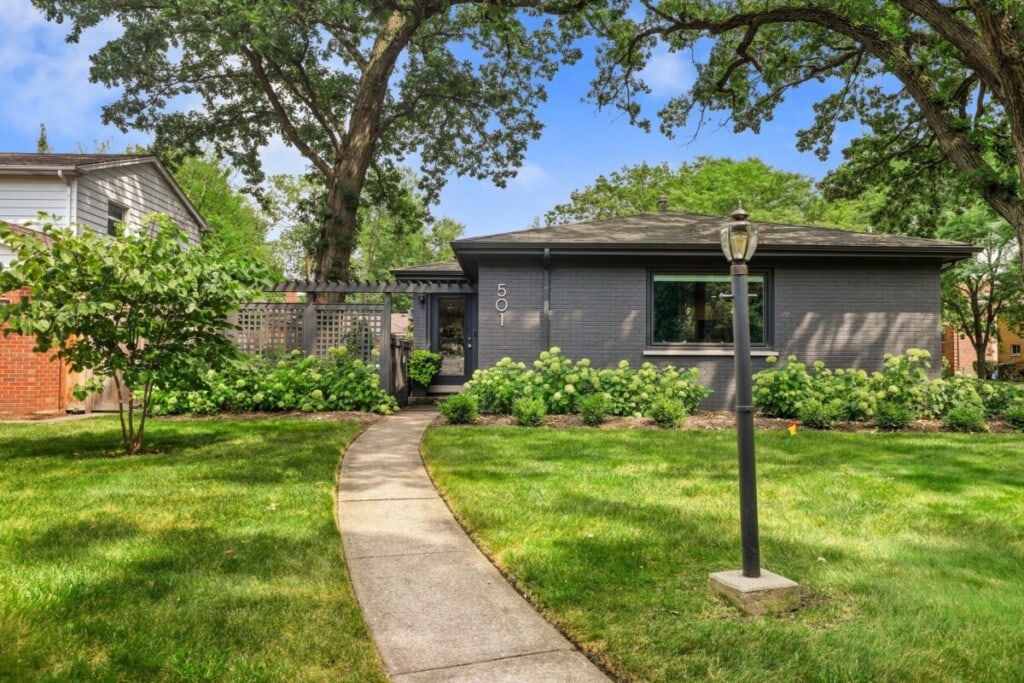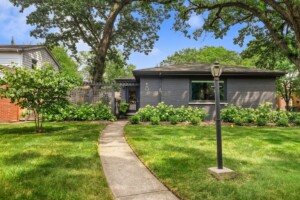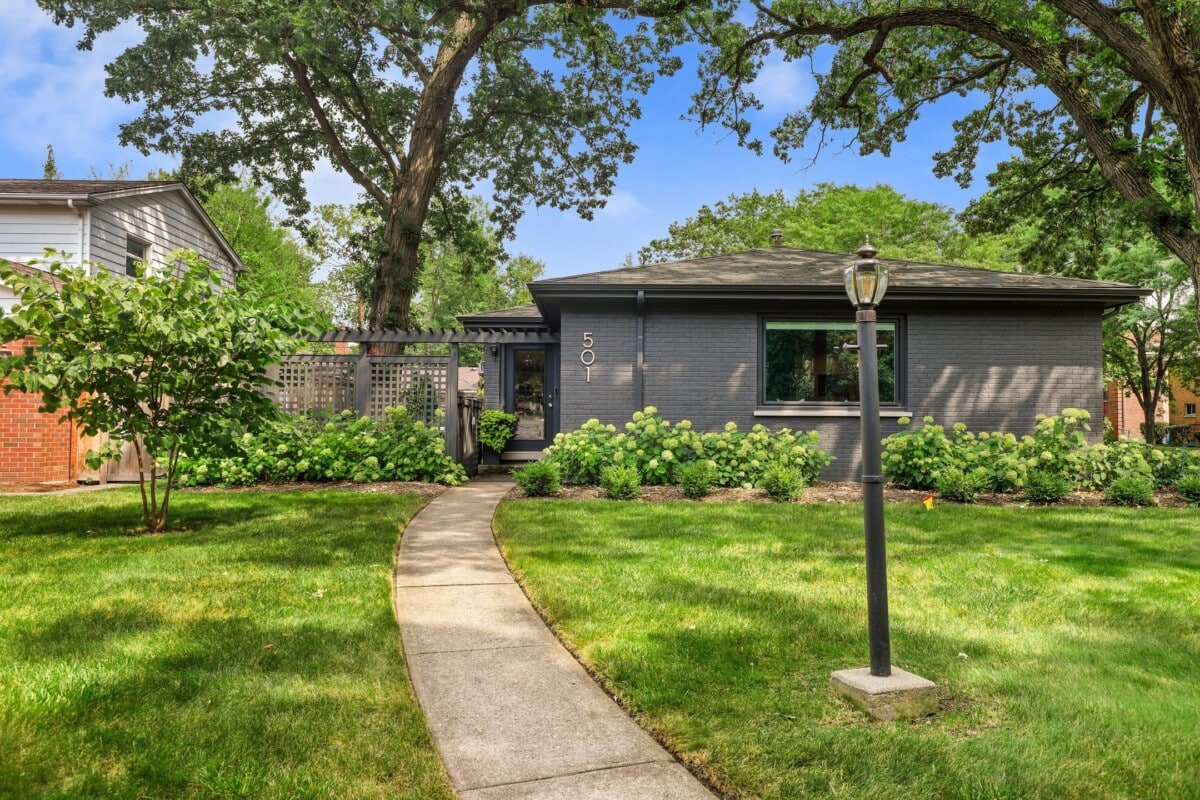Buying a Fixer-Upper? Here’s What You Need to Know


Buying a fixer-upper might sound like a dream: a lower price tag, the chance to customize your space, and the potential for long-term value. But fixer-uppers also come with surprises – budget overruns, construction delays, and a steep learning curve. If you’re thinking of taking the leap, here’s what you need to know before making an offer.
In this Redfin article, we’ll explain what a fixer-upper house is, what to look for, and what loans to consider. Whether you’re buying a home in Baltimore, MD, or in Omaha, NE, here’s what you need to know about fixer-uppers.
What is a fixer-upper house?
A fixer-upper is a home that’s usually in need of repairs. It may be that the home is older and lacks modern updates, or it could be a newer home that’s fallen into disrepair. Fixer-uppers usually aren’t in such poor condition that they need to be torn down.
These properties are typically listed for a lower price since they need repairs. While a lower price tag may sound appealing, fixer-uppers involve a lot of time and effort to update.
How to find fixer-upper homes
You can find fixer-uppers the same way you’d find regular homes for sale online. Most sites, like Redfin, allow you to filter by home features and select “fixer-upper.” A local real estate agent can also help you find homes that meet your criteria.
Real estate auctions are another way to find fixer-upper homes for sale. However, you’ll have to buy the home as-is at auction, so be aware that there may be hidden problems. Finally, consider looking at foreclosures and short-sale properties as they’re often sold below market value.

What to look for when buying a fixer-upper
Here are a few key things to evaluate when considering a fixer-upper:
Location
As with any real estate purchase, location is key. Look for a fixer-upper in an established neighborhood that’s close to amenities, like stores, entertainment, and restaurants. Consider if the area has a good Walk Score or public transportation options.
You’ll also want to consider other homes in the area when choosing how and what to upgrade in the home. When the time comes to sell the property, you want to make sure that your updates add value to the home and are comparable with homes nearby.
>> Read: How to Find Real Estate Comps in Your Area
Size and layout
Consider the size and layout of the home as well. If the property has small rooms or a closed floor plan it can be costly to remove walls to create an open space. While you can renovate a home’s layout, choosing one that has a good layout can make updating the inside that much easier.
Condition
The best fixer-uppers are homes that require only minor cosmetic updating rather than major structural repairs. Some examples include:
- Fresh interior and exterior paint
- New carpets and flooring
- Resurfacing kitchen cabinets and replacing hardware
- Upgrading appliances
- Cleaning up the landscaping
- Removing outdated fixtures
Once you start dealing with utilities, moving walls, replacing windows, and adding or removing portions of the home, costs can go up quickly. Keep in mind that cosmetic upgrades rarely require a building permit and inspections. You can typically do them without hiring a contractor.
Major work usually requires contractors and sub-contractors, engineering reports, and city or county inspections. It can also cost a lot of money to knock down walls, gut kitchens or bathrooms, or fix structural problems.
How to buy a fixer-upper
1. Determine a budget including renovations
The first step is determining your budget. You’ll need to figure out how much home you can afford, including your renovation budget. Some loans allow you to combine the home’s price and renovation costs into one mortgage.
2. Have a thorough home inspection
A home inspection is crucial when buying any home, but it’s particularly important when buying a fixer-upper. Qualified home inspectors will thoroughly look through the home and identify any issues they may find. When buying a fixer-upper, pay close attention to electrical systems, roofing, foundation, and HVAC systems.
You may want to consider having additional inspections, like a sewer scope inspection, pest or termite inspection, and lead-based paint inspection.
3. Consult with a contractor
You may want to consider hiring a contractor, or at least speaking with one, to perform any renovations on the property. Professional contractors can help you determine which projects are better investments and have a higher return on investment (ROI) than others.
They will also know what renovations are possible within the home’s structure and which ones aren’t. This knowledge can help prevent you from making a costly mistake.
4. Get the right loan
Unless you have the funds to buy the home in all cash, you’ll likely need a mortgage loan. There are several types of loans that can help you buy a fixer-upper and cover renovations.

4 financing options for fixer-uppers
Here are four types of home loans for fixer-uppers that can help you finance the home purchase and renovation cost.
1. FHA 203(k) standard
Backed by the Federal Housing Administration (FHA), FHA 203k loans offer a single loan for the purchase and renovation of the property.
- Down payment amount: 3.5% minimum down
- Credit score: at least 580 to qualify for 3.5% down | 500–579 requires 10% down
- Other requirements:
- Cannot be used for “luxury” upgrades like a pool, they must be structural improvements
- HUD consultant must approve plans, review inspections, and oversee payments
- Home must be your primary residence
2. FHA 203(k) streamlined
Also called limited FHA 203(k) loans allow you to borrow up to $35,000 (on top of your mortgage) to buy a fixer-upper and make minor home improvements on it.
- Down payment amount: 3.5% minimum down
- Credit score: at least 580 to qualify for 3.5% down | 500–579 requires 10% down
- Other requirements:
- Up to $35,000 worth of improvements
- Meant for cosmetic renovations
3. HomeStyle Renovation loan
HomeStyle Renovation is a loan product offered by Fannie Mae that allows you to combine the home’s purchase price and renovation costs into one mortgage.
- Down payment amount: as low as 3 to 5% down
- Credit score: minimum of 620
- Other requirements:
- Maximum LTV of 97%
- Must be an existing home, not a new construction
- Renovations must be completed by a licensed contractor
4. CHOICERenovation
CHOICERenovation is Freddie Mac’s variation of the HomeStyle loan. That means the loan lets you bundle the home’s purchase price and the renovation costs into one mortgage.
- Down payment amount: as low as 3 to 5% down
- Credit score: minimum varies from 620 to 660
- Other requirements:
- Can finance renovations up to 75% of the home’s value
Should you buy a fixer-upper?
Fixer-uppers can be a lot of work, time, and money, but they can also lead to a higher return on investment when the time comes to sell. If you’re ready to undertake renovations, then buying a fixer-upper may be the right option for you.
The post Buying a Fixer-Upper? Here’s What You Need to Know appeared first on Redfin | Real Estate Tips for Home Buying, Selling & More.




